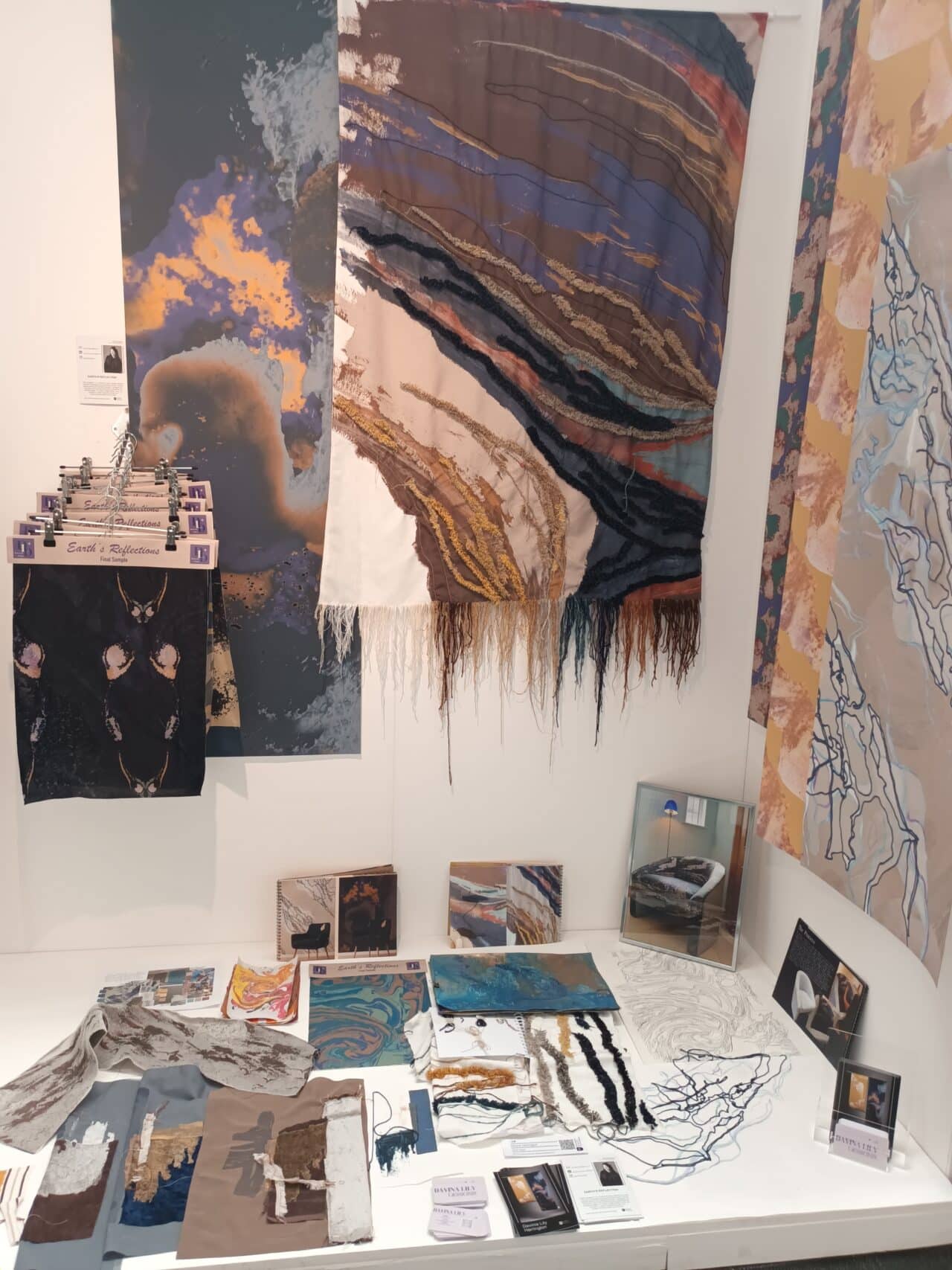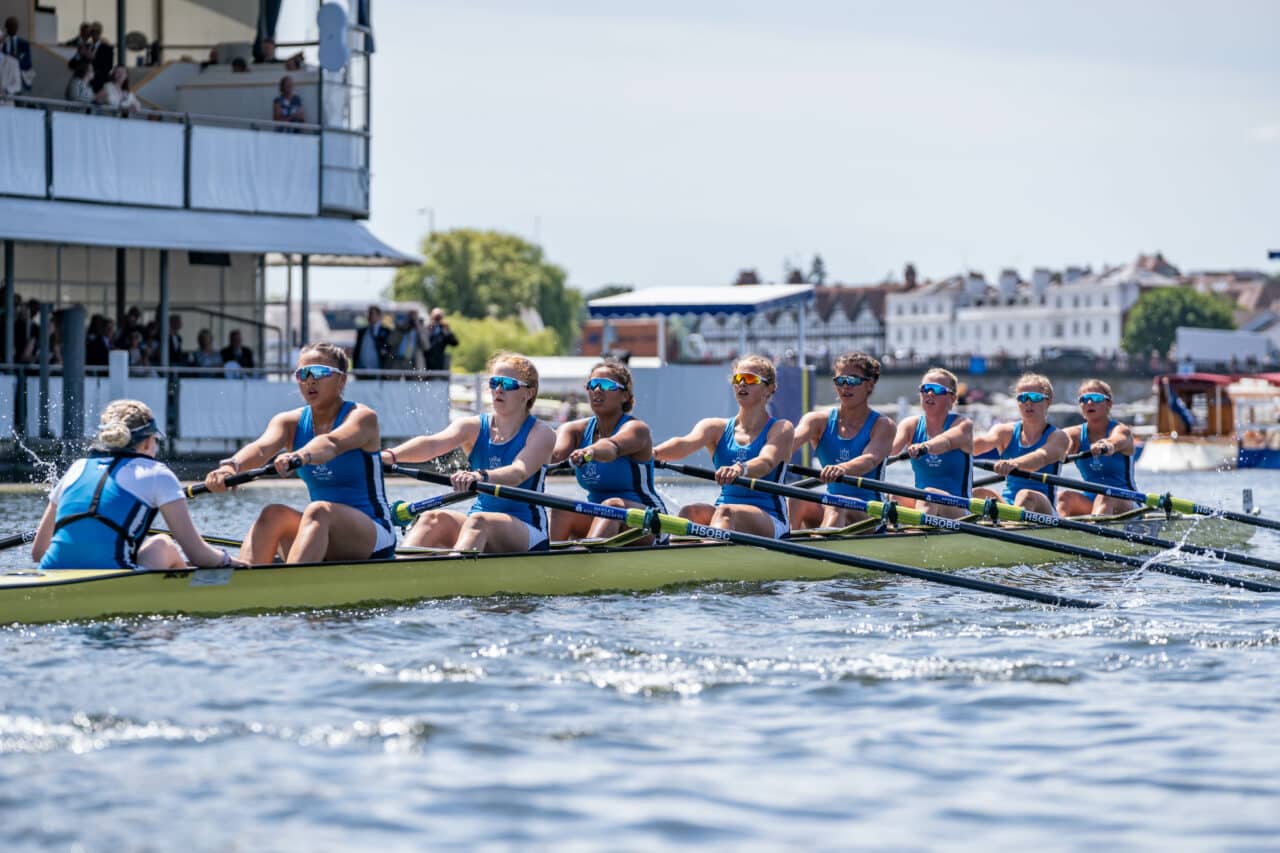Aerospace engineers inspire young STEM enthusiasts
A company specialising in aerospace systems and engineering visited Headington to talk to students on the subject of ‘How to land on other planets’.
Read some accounts of the visit from Vorticity from some of the girls below:
The talk from Vorticity gave me a more in-depth perspective about the incredible amount of work that goes into planning the difficult task of a space probe journey.
Even small parts of it, like the parachute used during landing on the planet require many types of testing in all kinds of environments and scenarios, a long development process spanning many years and a lot of manpower, ending in days just to assemble it correctly.
I loved hearing the industry specialists talk about how engineers and scientists of the field overcome the various challenges of space travel and extraterrestrial exploration – it further inspired me to continue on my intended path towards aerospace engineering!
Tanya (L6)
Hearing about present-day work in the aerospace industry for such an influential and pivotal project at a time of rapid technological development was an extraordinary opportunity for all of us.
Not only did it give us insight into such a specialist industry, we were able to learn about the forefront of space exploration directly from Vorticity – a company working with NASA and specialising in “entry, descent and landing systems” for space vehicles.
After a compelling interactive presentation detailing different steps in designing and testing with informative diagrams and the most impressive testing footage, the Q&A session was thoroughly enjoyed both by the students and the teachers present.
The talk ended with questions ranging from their usage of NASA’s rules for Developing Safety-Critical Code to a simple yet important question: “What would happen if the parachute were to land on top of the space vehicle?”.
Dorothee (L6)
The recent talk by Juan Rodgers and Joseph Lynch from Vorticity, focusing on the challenges of landing probes and spacecraft on Mars, was both enlightening and engaging.
What stood out to me were the various tests the parachute had to undergo before being used in the ExoMars mission. They shared fascinating footage of the High Altitude Test and Dynamic Extraction test, showcasing the incredible complexity involved in achieving precise timing and positioning for parachute deployment.
I was particularly intrigued by the simulation of the supersonic parachute, which reveals the astonishingly tiny margins for error in ensuring a flawless deployment.
This talk has greatly expanded my understanding of aerospace engineering, especially in relation to the essentials of designing, developing, and testing space flight systems.
Despite complex rocket science, they explained the information perfectly. I would love to dive deeper into the underlying scientific principles of aerospace engineering. Thank you Vorticity!
Alvina (L6)



